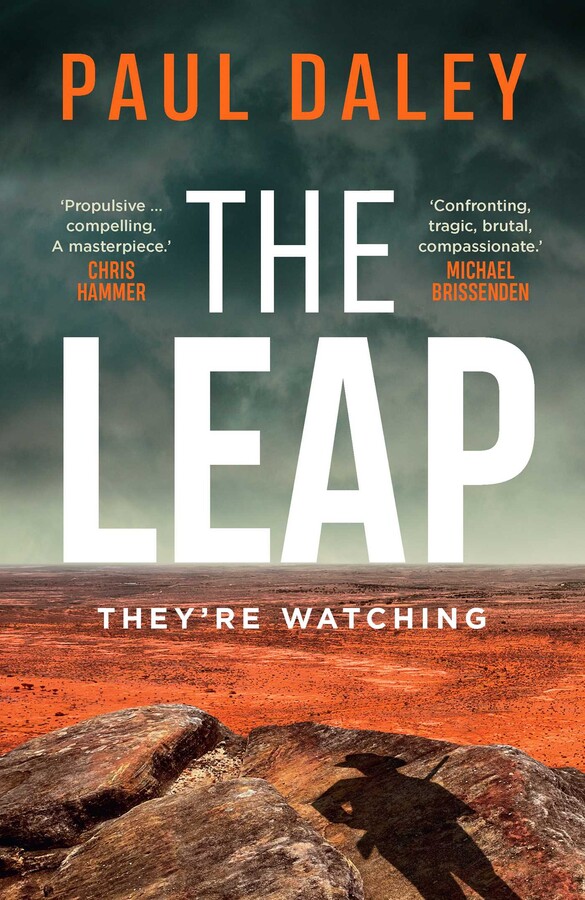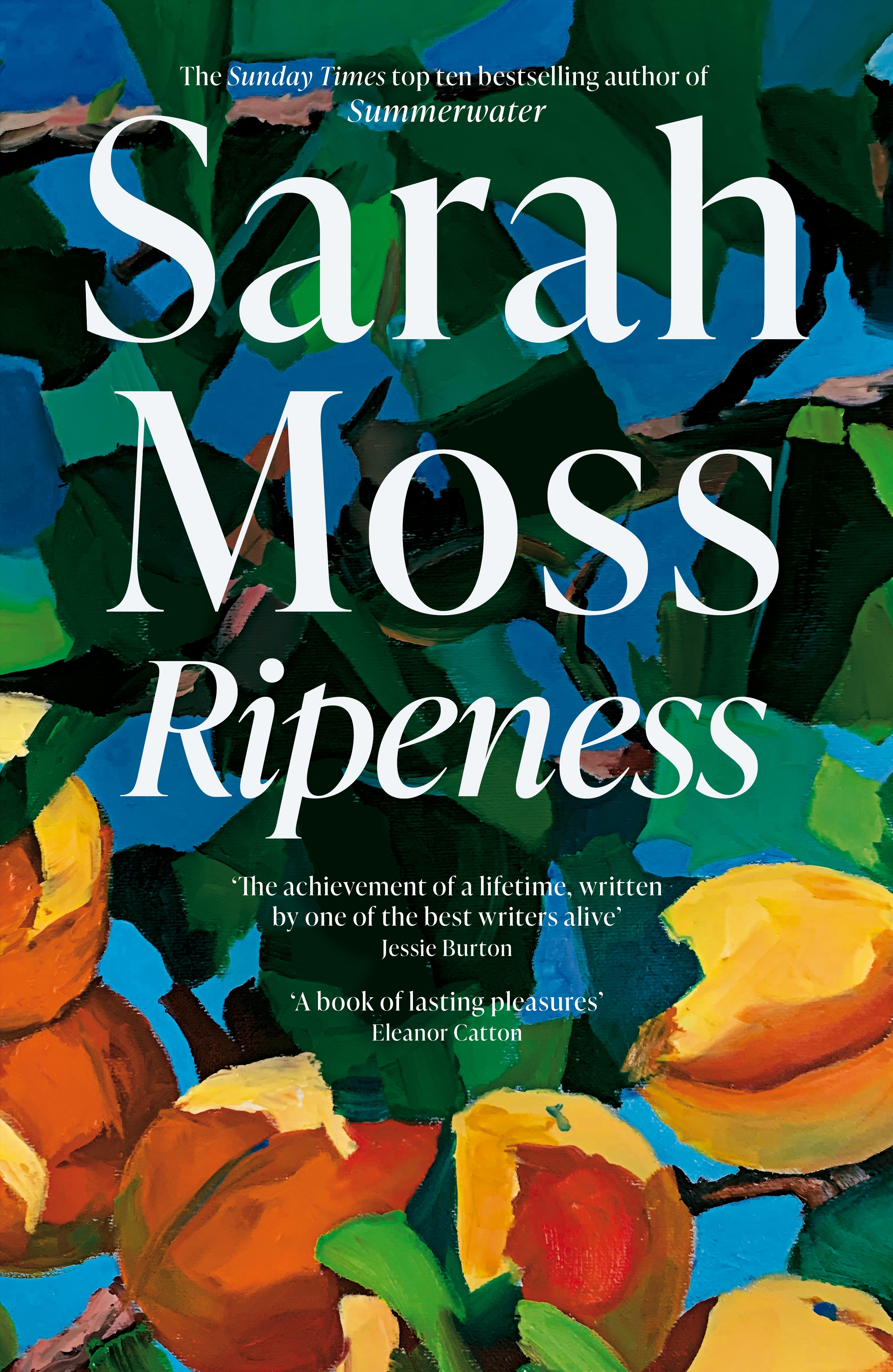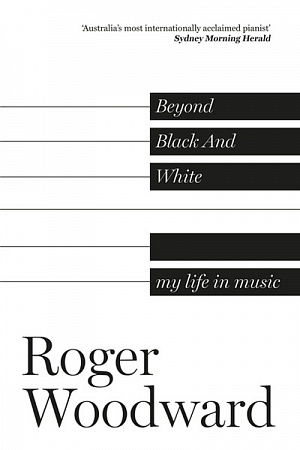The Last Days of Roger Federer: And other endings
Canongate, $39 pb, 287 pp
Time's wing'd chariot

As chance would have it, this review was written following the retirement, aged forty-one, of Roger Federer from top-tier competitive tennis. Federer’s decision might be regarded as tricky for Geoff Dyer, since his latest work of essayistic autofiction leans heavily on the notion that while Federer, one of the giants of the sport, is forever about to retire, he never actually does.
But pedantic attention to real-world events misses the point. Federer is richly praised in the new book’s pages (Dyer is unashamedly lyrical in his writing about tennis), yet he is mentioned only intermittently throughout, in a kind of recurring sidebar. He seems to stand as a breathing exemplar of the instinctual genius and mysterious command that belong, less visibly, to the true artist, musician, poet, or novelist.
While The Last Days of Roger Federer turns out to be a work more concerned with the ‘other endings’ of the title – the late work of artists of all kinds – they are endings which Federer, with the mute grace of the athlete, tells with his body. The years of supernatural speed, strength, and poise give way to slow diminishments and sudden ruptures, then arduous recuperation or miraculous returns to form: qualities of resilience that have kept the player going long after others have fallen aside.
It should be noted that Roger’s ever-impending retirement imposes a deadline – one more metaphysical than pecuniary or professional – on the author. Dyer wants his book about ‘things coming to an end’ and ‘time running out’ to appear before Federer’s does too. Federer’s career is, for Dyer, much as ‘time’s wing’d chariot’ was for George Herbert.
Fans of the English author may bridle at this point. Dyer is a youthful sixty-four years old – an age when many writers, unlike athletes, are still in their prime. Isn’t it premature to be writing of last things so far in advance? The author’s response is to worry not just that he has begun this book too early, in bufferish anticipation of hanging up his slippers, but that he’s started it too late. Death doesn’t telegraph its intentions. No one can be sure what their last creative gesture may be.
In the essential ambiguity of human mortality lies the crux of Dyer’s thesis. The artists he explores – Bob Dylan, Friedrich Nietzsche, D.H. Lawrence, jazzman Pharoah Sanders, Eve Babitz, and Beethoven – are always gesturing offstage but rarely taking a final bow. Again and again in these pages, the stage lights come back on, and one more encore is played.
Continue reading for only $10 per month. Subscribe and gain full access to Australian Book Review. Already a subscriber? Sign in. If you need assistance, feel free to contact us.











Leave a comment
If you are an ABR subscriber, you will need to sign in to post a comment.
If you have forgotten your sign in details, or if you receive an error message when trying to submit your comment, please email your comment (and the name of the article to which it relates) to ABR Comments. We will review your comment and, subject to approval, we will post it under your name.
Please note that all comments must be approved by ABR and comply with our Terms & Conditions.